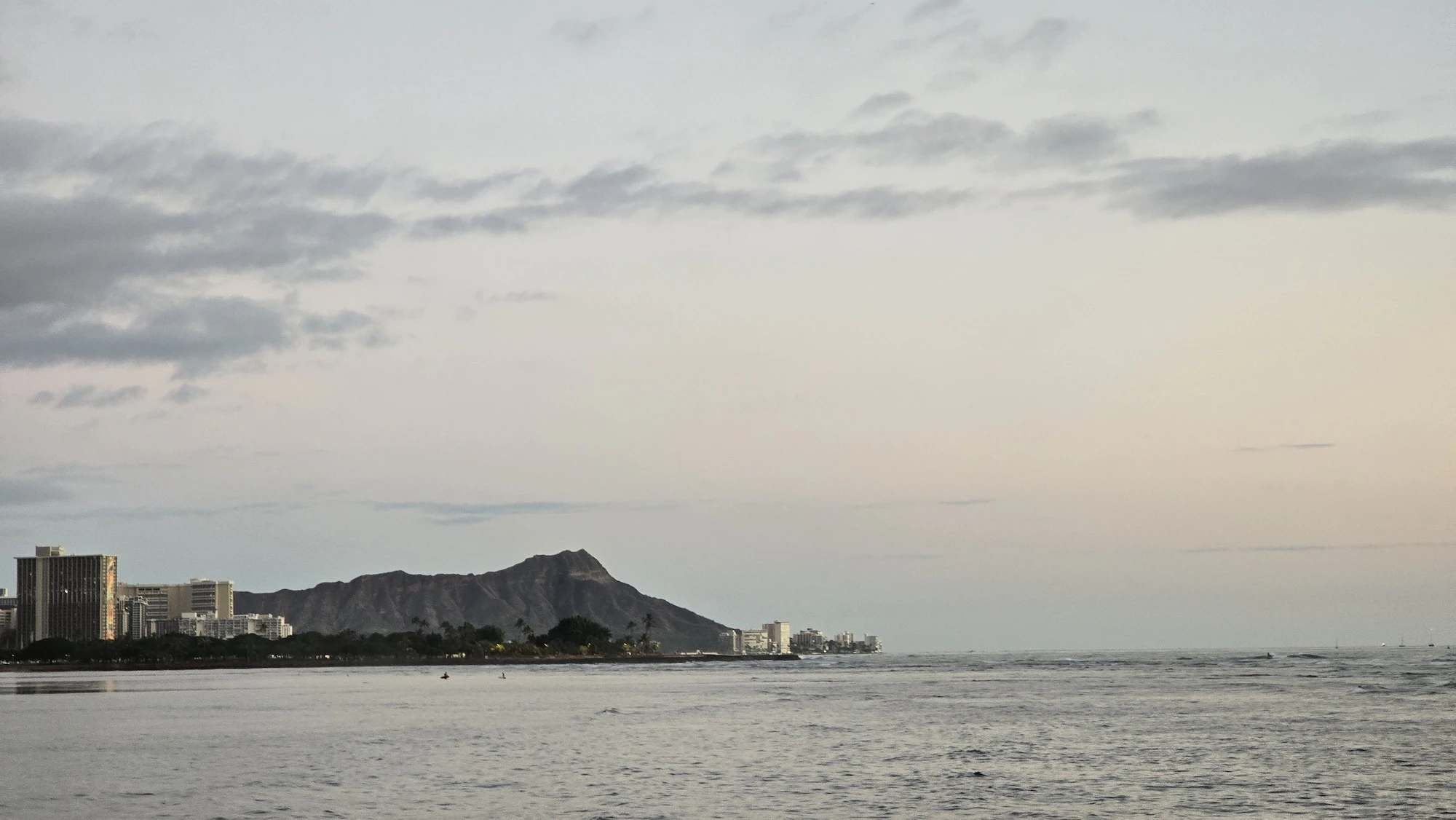Rockfall mitigation and safety improvements underway at Diamond Head State Monument means one of Hawai‘i's most recognized landmarks will temporarily close for parts of March and April.
According to the state Department of Land and Natural Resources, contractors will work to stabilize loose rocks around the Kāhala Tunnel.
Because of the ongoing work, the park will be fully closed March 4 to 7, March 11 to 14, April 1 to 4, April 8 to 11 and April 14 to 17, and will close at 2 p.m. on March 3, 10 and 31, And April 7, 14 and 18.
No visitors will be allowed to enter the park during the full closures.
The park, however, will stay open from 6 a.m. to 6 p.m. March 17 to 28, which is spring break, the state said.
State Park Assistant Administrator Alan Carpenter says nearly 900,000 people entered Diamond Head last year. The park sees 2,000 to 3,000 visitors each day, he said.
Carpenter told Aloha State Daily that the work is “generally in response to a series of incidents in particularly vulnerable locations — namely the ingress/egress points of the Kapahulu Tunnel.”
“This is where virtually all visitors and staff enter and exit, and natural erosion concentrates rockfall,” He said. “It represents a significant expansion of earlier mitigation efforts and has been in the planning [and] design stages for several years.”
Carpenter says particular attention will be paid to the aesthetics of the monument, with concrete surfaces sculpted to match the geology of the crater.
According to DLNR, the project began Jan. 6 and is expected to continue through July. The contract amount is $5,595,200.
Diamond Head, or Lē‘ahi, was formed about 300,000 years ago, "during a single, explosive eruption that sent ash and fine particles in the air," the park website notes. The materials settled and cemented together into a rock called tuff, which created the crater, the site continues.
The trail to the summit was constructed in 1908 as part of the island's coastal defense system, the site states.
According to the website, the park encompasses more than 475 acres, including the interior and outer slopes of the crater.
Non-residents must have entry and parking reservations, which can be made online here up to 30 days in advance. More information about entry and parking costs can be found here.
Stephanie Salmons can be reached at stephanie@alohastatedaily.com.





